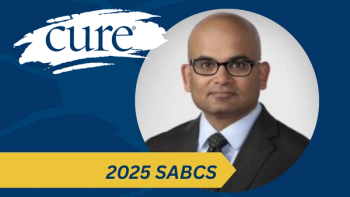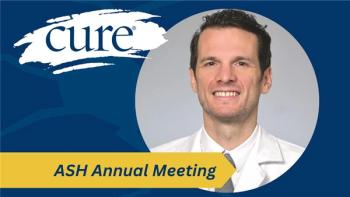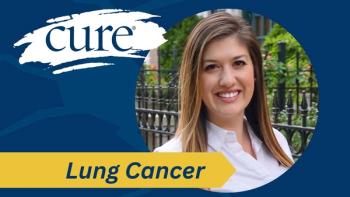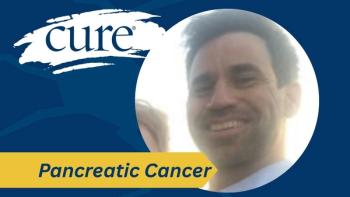
Cancer Support Community Report Highlights Need for Patient-Provider Discussions to Address Financial Toxicity

A new report from the Cancer Support Community shows that extra attention is needed from patient providers to address financial toxicity.
Financial toxicity, or the impact of the cost of care on a patient, is increasingly being thought of as a silent side effect of cancer and its treatment, just like any other physical toxicity. But what can patients do to avoid it? Be upfront and honest in conversations about the cost of care with their healthcare team, says Cancer Support Community (CSC)’s Heather Badt.
In an interview with CURE®, Badt, CSC’s Executive Director of the Research & Training Institute, opened up about the 2020
Transcription
CURE: Can you discuss the findings on financial toxicity in the report?
Badt: Cancer patients are two and a half times more likely to file for bankruptcy than those without cancer. This impact of cost of care is significant. The direct costs and indirect costs like treatment and copays, transportation and childcare, those are all different costs that impact someone going through cancer.
Our data indicates the lack of communication between the patient and the care team about cost continues to remain a significant problem.
In our report survey findings, some of the examples that we illustrate are how seven out of 10 respondents reported that no one from their health care team talked to them about the cost of their care. Thirty-three percent depleted their savings or use money from retirement to help cover costs of treatment. And some people even needed to self-ration medication or not fill prescriptions, which clearly can have a negative impact on recovery and survival.
How can patients address financial toxicity?
I think I would frame it in two different key ways. The first is another key learning that came out, which is the opportunity to really focus on the doctor-patient conversation, and making sure financial toxicity is woven into that opportunity.
The other is we have a tremendous amount of free resources at the Cancer Support Community that we would encourage people to take advantage of, ranging from our helpline that you can connect with for a licensed health care professional, including a financial navigator that's available via phone or online chat seven days a week.
We also have easy to understand educational materials, our award-winning, Frankly Speaking About Cancer series, available on the website, and video, webinar, podcast, and booklet form. And we also have the ability for people to connect with other cancer patients and caregivers through our discussion boards, which is an online platform called My Lifeline.
For more news on cancer updates, research and education, don’t forget to




